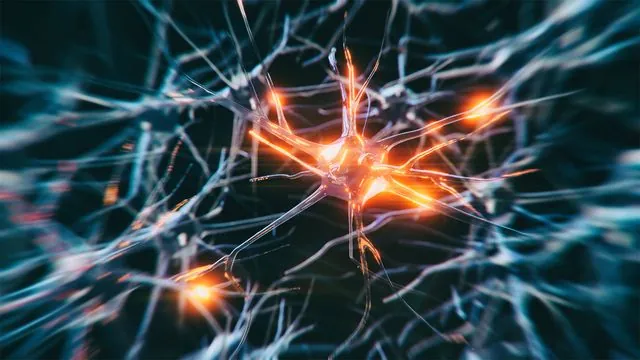
Unlocking the Brain's Secrets: How Ion Channels Store Memories
2025-05-20
Author: Ming
A Revolutionary Discovery in Memory Formation
Researchers have unveiled a groundbreaking insight into how an ion channel in the brain’s neurons maintains a sort of ‘molecular memory,’ crucial for crafting and preserving our lifelong memories. This discovery highlights potential targets for new drugs aimed at treating genetic disorders.
The Brain’s Remarkable Ability to Learn
The brain's superpower lies in its capacity to learn from past experiences, a process significantly reliant on the dynamic reshaping of neuron connections. The adjustments of synapses—the junctions where neurons communicate—allow our brains to adapt continuously, demonstrating a phenomenon known as synaptic plasticity.
The Calcium Connection
Among the various elements influencing synaptic plasticity, calcium ion channels have captured the attention of researchers at Linköping University. Lead researcher Antonios Pantazis, an associate professor, explains that these channels perform vital functions in the body by regulating nerve-to-nerve signaling. Intriguingly, they also have the ability to ‘remember’ previous nerve signals.
The Mechanism Behind 'Molecular Memory'
The study focused on the CaV2.1 channels, the predominant calcium ion channels in the brain, strategically positioned at synapses. When electrical signals travel through neurons, these channels open to orchestrate neurotransmitter release. Interestingly, prolonged electrical activity lowers the openings of these channels, leading to diminished signals to the receiving neuron—essentially, they can ‘recall’ prior activity.
Unveiling a Complex Molecular Machine
The researchers discovered that the CaV2.1 channel can transform into nearly 200 different shapes based on the intensity and duration of electrical signals. This complexity allows the channel to disconnect temporarily from its gate during sustained activity, akin to a car's clutch separating the engine from the wheels. This ‘declutched memory state’ can last several seconds after intense signaling, limiting its ability to re-open.
A Memory That Lasts a Lifetime
So, how can this short-term molecular memory contribute to long-term learning? Over time, the collective memory among ion channels can reduce communication between neurons, bringing about lasting changes in the receiving neuron. Eventually, this may lead to significant, enduring transformations in the brain, including the removal of weak synapses.
Future Implications for Drug Development
Understanding the intricate workings of these calcium channels could pave the way for innovative treatments for neurological diseases. Variants of the gene producing CaV2.1 are linked to serious inherited conditions, and pinpointing which aspect of the ion channel to target for drug development could result in revolutionary therapies.
In summary, Antonios Pantazis emphasizes, 'Our work identifies the specific part of the protein that should be targeted when creating new drugs.' This could herald a new era in the treatment of neurological disorders, unlocking potential solutions for many.



 Brasil (PT)
Brasil (PT)
 Canada (EN)
Canada (EN)
 Chile (ES)
Chile (ES)
 Česko (CS)
Česko (CS)
 대한민국 (KO)
대한민국 (KO)
 España (ES)
España (ES)
 France (FR)
France (FR)
 Hong Kong (EN)
Hong Kong (EN)
 Italia (IT)
Italia (IT)
 日本 (JA)
日本 (JA)
 Magyarország (HU)
Magyarország (HU)
 Norge (NO)
Norge (NO)
 Polska (PL)
Polska (PL)
 Schweiz (DE)
Schweiz (DE)
 Singapore (EN)
Singapore (EN)
 Sverige (SV)
Sverige (SV)
 Suomi (FI)
Suomi (FI)
 Türkiye (TR)
Türkiye (TR)
 الإمارات العربية المتحدة (AR)
الإمارات العربية المتحدة (AR)